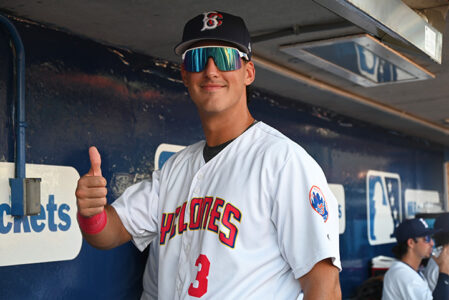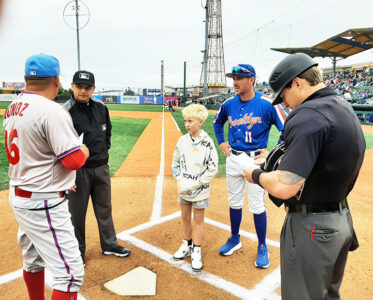Health Dept. study finds large number of immigrants
Bensonhurst and Bath Beach are proving to be hospitable places for immigrants, according to an eye-opening study conducted by the New York City Department of Health.
The Community Health Profile for Community Board 11, conducted in 2018 by DOH and released earlier this year, found that 56 percent of the residents living in the Board 11 area were born outside of the U.S.
“I’m surprised the number isn’t higher,” Board 11 Chairperson Bill Guarinello told the Home Reporter. “We have always been a neighborhood with a lot of immigrants, except that years ago, it was mostly Italian immigrants. Over the past 10 years, we have had a huge influx of Asians. We also had a lot of Russians moving in and Eastern Europeans. And we have a lot of Hispanic folks living here. It’s much more of a melting pot now. But I would say the majority of newcomers are Asian.”
Board 11 has a total population of 204,829 and includes Bensonhurst, Bath Beach, Mapleton and parts of Gravesend.
The 56 percent figure represents the highest percentage of foreign-born residents of any community board in Brooklyn, according to the DOH, which put together a community health profile for each of the city’s 59 community boards. There are 18 community boards in Brooklyn.
DOH looked at everything from life expectancy to obesity rates to college graduation rates to the percentage of the population that cools their homes off with air conditioners.
The second highest percentage of immigrants in Brooklyn can be found in Community Board 13, where 53 percent of the population is foreign-born. Board 13 covers Coney Island and Seagate as well as parts of Gravesend and Brighton Beach.
Community Board 6, which covers Park Slope, Carroll Gardens, Cobble Hill, the Columbia Street Waterfront, Gowanus and parts of Red Hook, has the lowest percentage of immigrants, 17 percent.
Ligia Guallpa, executive director of the Worker’s Justice Project, a non-profit organization that helps immigrants, said she was pleased to hear about DOH’s findings for Community Board 11.
“When the Census was done in 2010, I was disappointed by the result because I felt that it did not truly capture the diversity of Community Board 11. It’s wonderful to see an official city report that truly reflects the diversity in the community. When we’re talking about Bensonhurst, we’re talking about immigrants from all over the world,” she told the Home Reporter.
And there is diversity even within the same ethnic group, according to Guallpa. “Even within the Latino community, there are different languages spoken, not just Spanish,” she said, listing Mayan as an example.
Recognizing the need to have Board 11 reflect the diversity of the neighborhoods it represents, Guarinello and District Manager Marnee Elias-Pavia have made a concerted effort in recent years to encourage Asians, Latinos and Middle Easterners to apply for membership.
It’s not clear why large numbers of immigrants have chosen to settle in Community Board 11.
“There are probably many reasons,” Guallpa said. “Day laborers came here to work because there was a lot of housing construction going on and there was a demand for labor. They want to live near where they work. People had families who settled here so they moved in, too.”
The Community Health Profile is important because it provides a wealth of information neighborhood officials could use in their dealings with the city, according to Board 11 District Manager Marnee Elias-Pavia. “It’s a fascinating report. We will utilize it,” she told the Home Reporter. “We have a large population of people, but our city services have not kept pace.”
Read the full Community Profile of Community Board 11 here: https://www1.nyc.gov/assets/doh/downloads/pdf/data/2018chp-bk11.pdf

Italian-Americans are not longer the largest population in Bensonhurst. But traditions like the Santa Rosalia Feast on 18th Avenue are still going strong.

 Cyclones start second half with promotions and a call-up
Cyclones start second half with promotions and a call-up  Cyclones gain a first-time fan
Cyclones gain a first-time fan